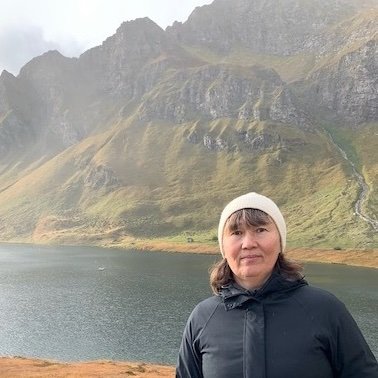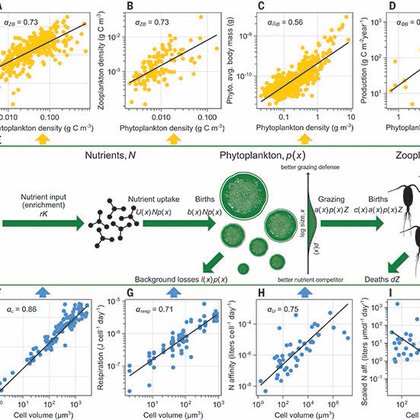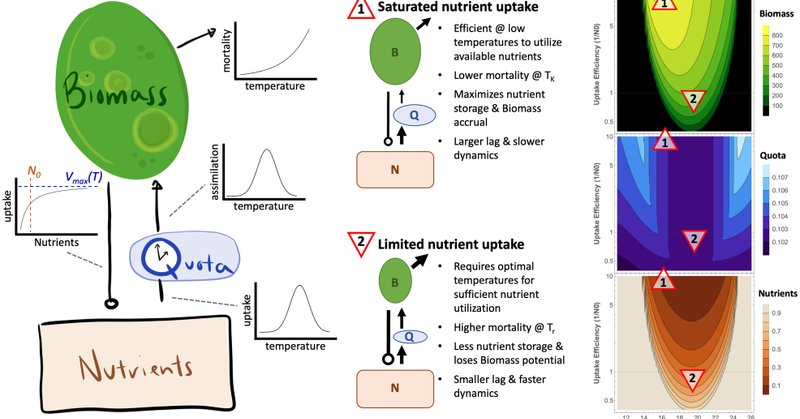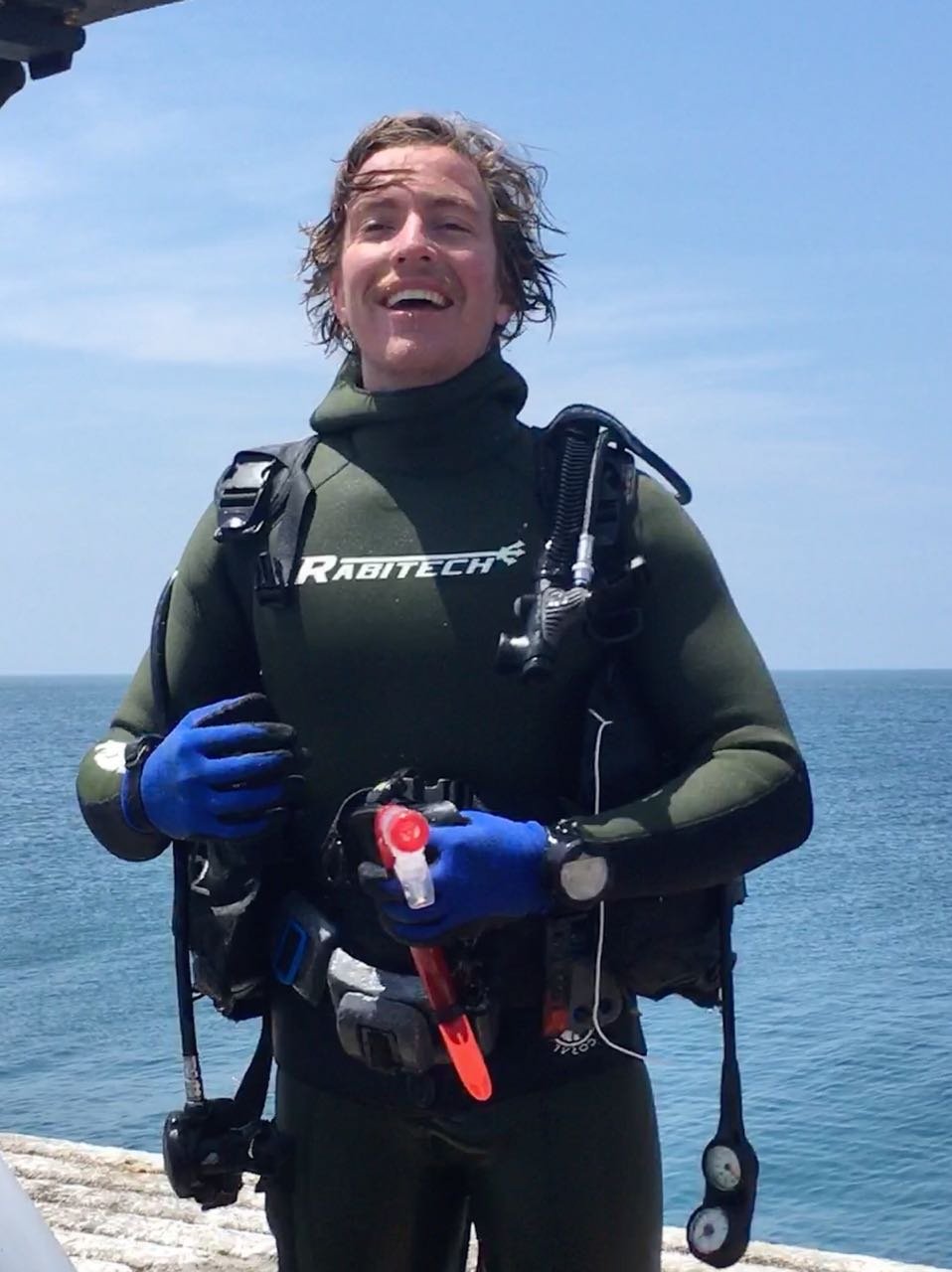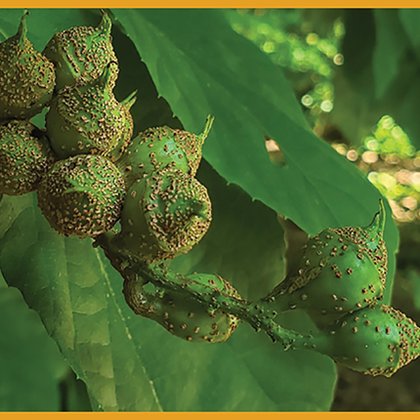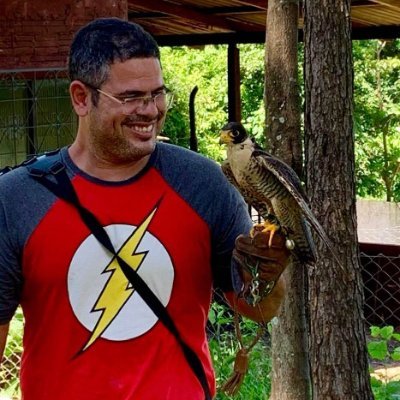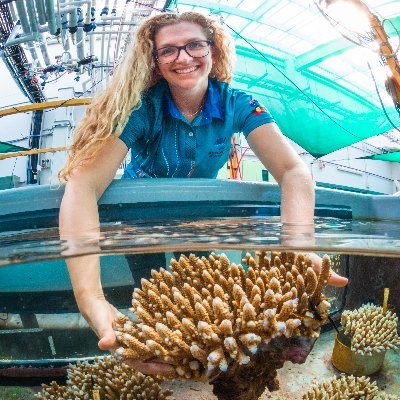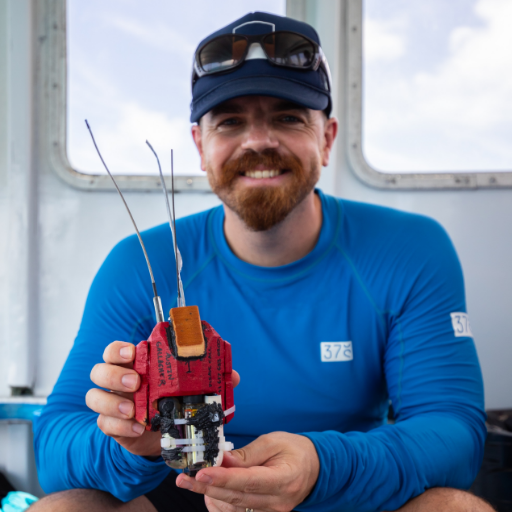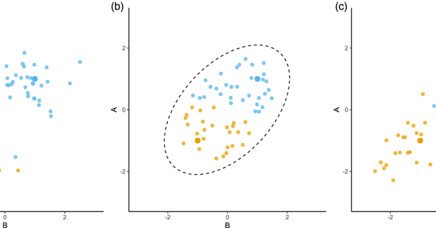
@dbarneche.bsky.social
@dbarneche
Followers
571
Following
725
Media
19
Statuses
870
Ecological statistician @aims_gov_au interested in theory, programming, diet & fitness. Opinions are my own, RT≠endorsement
Whadjuk Noongar Country
Joined June 2013
🚨 modelsummary 2.0.0 📦 for #RStats is out now! Draw beautiful and customizable tables for your descriptive statistics, regression models, correlations, balance, etc. Save your tables to HTML, Word, LaTeX, PNG, Typst, and more. Short 🧵 for v2 https://t.co/El4oSnjw7R
9
145
824
#Openaccess out today in @AnnualReviews Breeding and Selecting Corals Resilient to Global Warming @jcu @minderoo @arc_gov_au #DECRA
https://t.co/sRhXufvB5a
4
55
134
How do scaling laws at the single-cell level give rise to macroecological patterns? We show that in plankton, power laws of nutrient uptake and grazing shape eco-evolutionary dynamics to produce scaling relationships at the ecosystem level. 🌊 https://t.co/MQsRszHXcX
science.org
Eco-evolutionary dynamics informed by allometric scaling can predict large-scale patterns across planktonic food webs.
0
61
193
Moving beyond #Arrhenius to embrace #unimodal #scaling of biological rates with #temperature - new paper w/ #JosefGaren in @Ecology_Letters
https://t.co/AfTXzrGbRJ
@UBCBotany @UBCBiodiversity @ZoologyUBC @ubcscience @sfiscience
0
20
61
I'm on team rebase. There are enough times when circumstances require a complicated merge (eg backporting a hotfix). Thus the goal for a regular merge should be a clean simple Git history
0
1
1
I'm super thrilled to share this new paper with David Vasseur out now in @Ecology_Letters!! 🙌 Interactions between temperature and nutrients determine the population dynamics of primary producers 🦠🌡️ https://t.co/0fbMjUZVsy
onlinelibrary.wiley.com
Here, we integrate the thermal responses of intracellular processes regulating phytoplankton growth to understand how temperature and nutrients collectively affect population-level responses. We...
1
17
54
This looks like a biggie for those of us interested in microbial contributions to food webs https://t.co/A24dYALNr8 HT @fdocmac
aslopubs.onlinelibrary.wiley.com
Trophic position estimation has been a central issue in food web studies. Estimates using compound-specific isotopic analyses of amino acids were generally based on the trophic enrichment of glutam...
0
5
18
“You need 16 times the sample size to estimate an interaction than to estimate a main effect,” explained https://t.co/6ZVQkSqUUa
6
127
533
Huge undertaking by @FishSciSkeeles to raise fish for a year with or without supplemental oxygen to see whether it enhanced growth rates & supported the gill-oxygen limitation hypothesis. It didn’t! BUT, a cool finding RE oxygen extending the reproductive window!
For those still on here, I'm super stoked to see this one out there! 🐟🔥🤏 @Timothy_D_Clark @ScheuffeleHanna @DeakinSEBE @deakinresearch Supplemental oxygen does not improve growth but can enhance reproductive capacity of fish https://t.co/76bUBOa5mt A thread below 🧵1/n
0
4
19
We analysed 50 years of coral reef data to identify patterns in coral resilience, finding links between resistance, recovery and coral cover pre- and post-disturbance 🪸 Pls read and share to help justify the unfathomable amount of hours I put into this😅 https://t.co/OAFNsPfcC6
8
63
197
When using OLS regression, from where do we get the assumption the residuals are normally distributed? You don't need that assumption to minimize the sum of the squared residuals, nor to use the CLT to compute the SE's for the beta coefficients. So what's its origins?
81
29
259
Forgive me, for I am about to Bayes. Lesson: Don't trust intuition, for even simple prior+likelihood scenarios defy it. Four examples below, each producing radically different posteriors. Can you guess what each does? Revealed in next tweet >>
39
415
2K
More tremendous work on neuronal branching—combining novel empirical patterns and scaling theory to determine biological constraint principles—by former graduate student (now postdoc!) @pahelidc and postdoc (now faculty!) @alexbbrummer
https://t.co/zxQxkNSYd6
royalsocietypublishing.org
Neurons’ primary function is to encode and transmit information in the brain and body. The branching architecture of axons and dendrites must compute, respond and make decisions while obeying the...
0
3
14
Our new paper on indirect effects and fitness in coevolved networks is out https://t.co/i51HjfIc16
2
25
107
Come join us @aims_gov_au! Three (!!) new permanent research scientist opportunities are available to work in our Reef Recovery Adaptation & Restoration Program: - Coral Early-life Ecology - Applied Ecological Genetics - Coral Phenomics and Symbiosis https://t.co/rxrd18mpgo
0
36
61
Basking sharks are what now?! New paper led by @haleydolton where we document regional endothermy in our favourite giant filter feeding sharky 🔥. Interesting implications for evolution and ecological advantages of regional endothermy; we thought it was only seen in apex 🦈&🐟1/3
3
79
307
1/6 For 30 years ecologists have been told that correlations between traits across species need to be corrected for phylogeny (usually via PGLS), because related species are not independent. Several half-truths in that ... https://t.co/d5tx5JDZma
@Jecol @WestobyMark @brhollan
besjournals.onlinelibrary.wiley.com
The phylogenetically conservative share of a trait correlation ought not to be excluded from consideration as potentially ecologically functional. The conservative trait correlation (CTC) concept...
5
118
408
🚨🚨 New paper alert🚨 🚨 in @Nature on the emergence of the latitudinal diversity gradient in planktonic foraminifera, with @isabelfenton @Climate_AlexF Tracy Aze & Paul Valdes. We found the modern gradient emerged ~15 Ma, driven primarily by speciation! https://t.co/F74mzHk3c2
5
61
197
Physiological Sighs (deep nasal inhale followed by 2nd brief nasal inhale, then a full exhale via the mouth) is not Yogic or “breathwork”. It is a naturally occurring breathing pattern that reverses hypoxia, occurs in sleep too & also happens to be the fastest way to de-stress.
113
594
5K
PHYLOPIC 2.0 IS OFFICIALLY RELEASED! Go check out the newer, faster, more useful PhyloPic here: https://t.co/fqfngyse1X
23
849
3K



